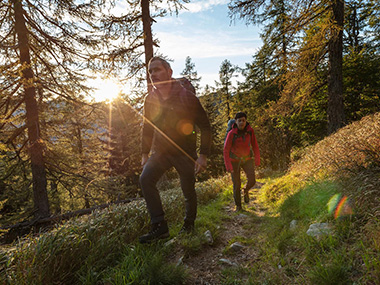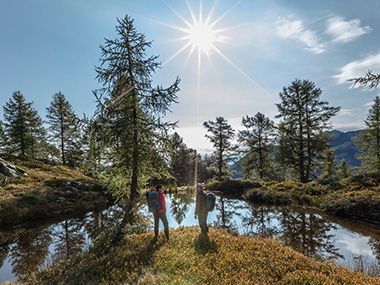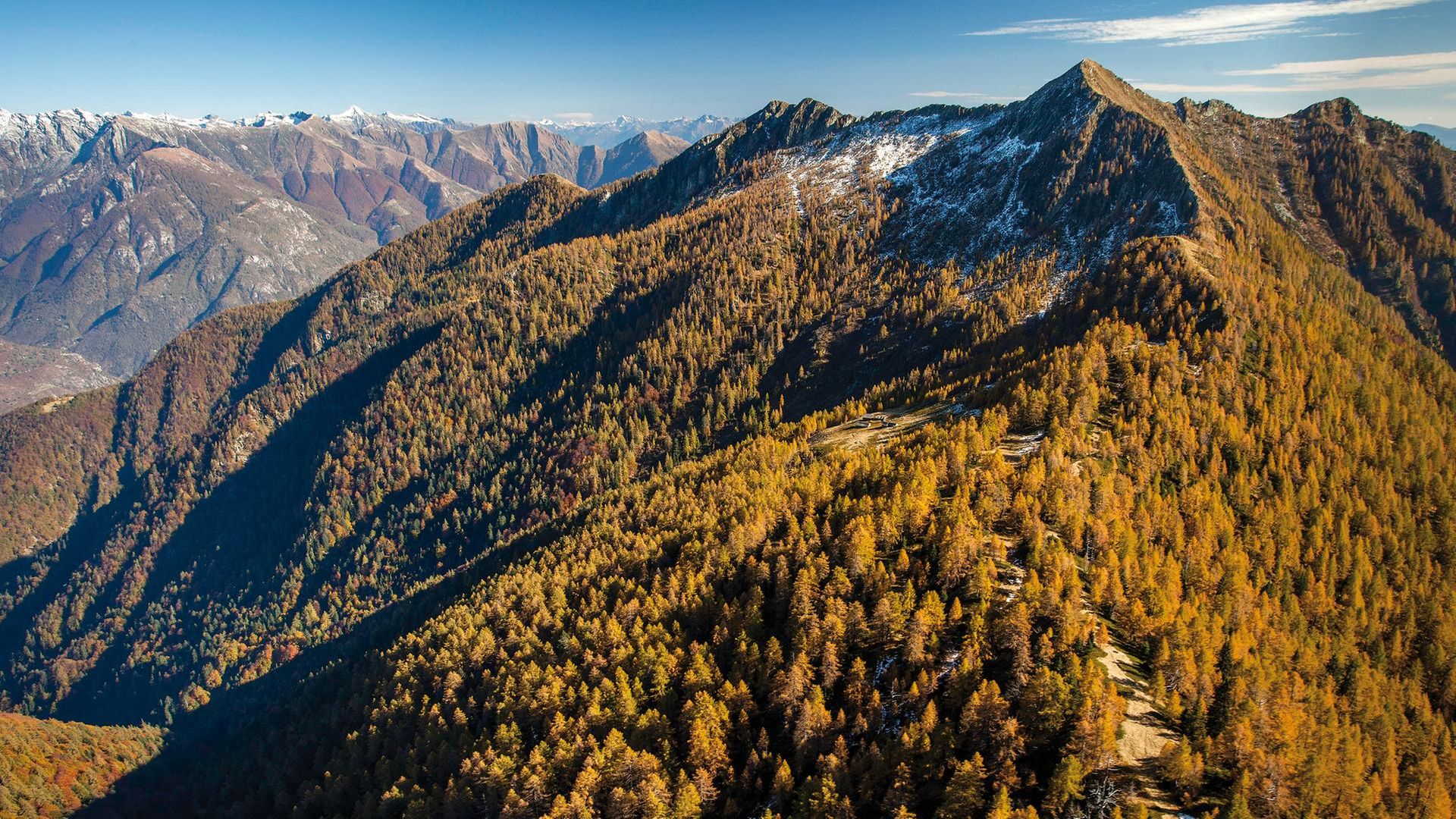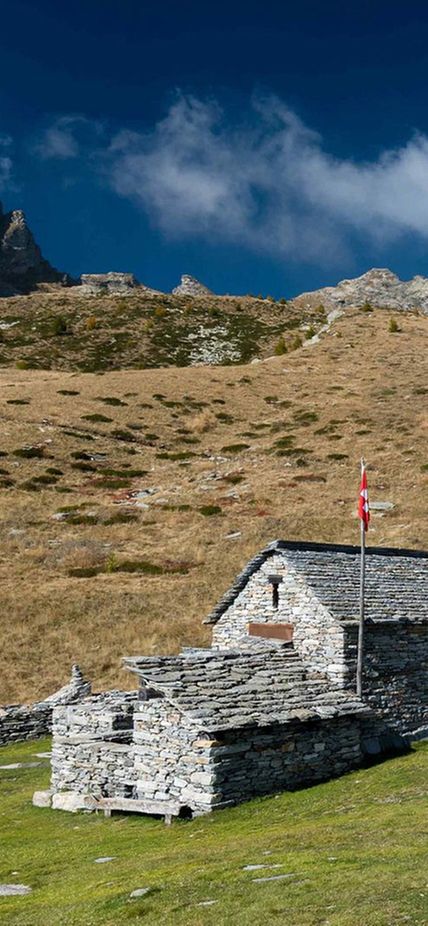The Valle di Lodano is a side valley of the Vallemaggia and is unique in terms of both landscape and history. It has therefore been declared a UNESCO World Heritage Site. A fairy-tale world characterized by plants and animals, but above all by its naturalness. Unique, fascinating and spectacular is the Valle di Lodano, official UNESCO World Heritage Site.
The Valle di Lodano, a side valley of the Vallemaggia, guards its secrets well. It is not for nothing that the beech forests hidden in it are on the UNESCO World Heritage List and a great variety of animals and plants find a home in this large forest reserve. But what makes it so special? The valley captivates people with its many characteristics. But not only, it is also in motion. The aim is to leave 766 hectares of tree population to its natural development over a period of 50 years in order to regain the condition of a primary forest. In addition, between 2011 and 2015, various man-made elements such as huts, stables, walls and biotopes were restored to preserve the landscape. In 2020 an information point was opened in the village of Lodano with interesting information about the history, flora and fauna of Valle di Lodano. A visit is highly recommended!

Transhumance used to play an important role. From the 13th century cattle summered on the most important Alps of Valle di Lodano: Alp di Pii, Alp da Nagairón, Alp da Canaa, Alp da Cófna and Alp da Tramón. Life on the alp was hard; to move from one to the next, the alpine farmers had to carry all the family's belongings and the necessary tools on their backs. Living and cheese making took place in spartanly furnished huts.

Cutting of timber was also very important and was a great source of income. The firewood and construction timber, which was not for personal use, was sold to Lombardy. Cleverly worked out systems were used to transport the wood from the mountain to the valley. First in the form of a slide and at the end of the 19th century, gravity was used to send the wood down along metal ropes. The whole device led from Mött di Còll to Coglio (over 3000 metres) via 16 supporting pillars.
The third activity that strongly marked the Valle di Lodano was the production of charcoal. Charcoal is lighter than firewood and was therefore easier to transport. It is assumed that the production was active between the 14th century and around the end of the Second World War. The black-burned charcoal burner places can still be seen.
Set off and discover the Valle di Lodano, officially a UNESCO World Heritage Site since July 2021. Four different tours on well-prepared hiking trails lead through the enchanting forest reserve and take you to unspoiled places. Two-day tours are also possible, with an overnight stay in the Capanna Alp da Canaa, a hut which was reconstructed a few years ago, at 1843 metres above sea level on Alp da Canaa. If you want to find out more about the valley and the stories hidden in it, you can download an audio tour for free on your smartphone and walk along the 17 points. Keep your eyes open, because there are many interesting things to see and hear on the way!
Plan your stay
Our chatbot is currently in Beta. Please avoid entering any personal or sensitive data. The provided responses may not always be fully accurate, so we recommend verifying the information received.


